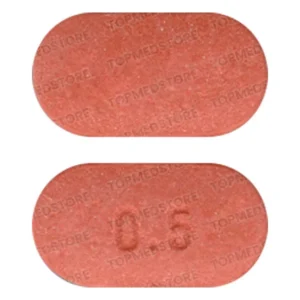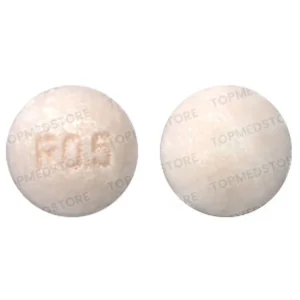Showing all 2 results
Risperidone is an active component with antipsychotic property. It selectively antagonizes serotonin effects through cortical 5-HT2 receptor. It also competes with dopamine at the limbic dopamine D2 receptor. Due to decreased psychotic effects, it causes hallucinations and delusions. This active component is an atypical antipsychotic used to treat delusional psychosis like schizophrenia, but it is also indicated to treat some forms of bipolar disorder, psychotic depression and Tourette syndrome. It can be used for autistic spectrum disorders. It is a very strong dopamine blocker i.e. antagonist; that inhibits functioning of postsynaptic dopamine receptors.
Class of Drugs – Atypical antipsychotics
Molecular Formula – C23H27FN4O2
Molecular Weight – 410.5 g/mol
Working: This medication is a member of a group of drugs known as atypical antipsychotics. Risperidone acts by affecting the amount of certain chemicals known as neurotransmitters that induced naturally in the brain. It is believed that people with psychotic conditions like schizophrenia, bipolar disorder, and autism have an imbalance of certain neurotransmitters. It also improves this imbalance of chemicals in the brain.
Uses: This active component is an atypical antipsychotic is intended to treat certain mental/mood disorders like schizophrenia, bipolar disorder, irritability associated with autistic disorder. Risperidone can help to think clearly and take part in everyday life. It restores the balance of certain natural substances in the brain.
Popular Brands and Dosages: This active component is used in popular brand medicines as given below:
- Risperdal: 0.5 mg, 1 mg, 2 mg, 3 mg, and 4 mg
- Risperdal M-TAB: 0.5 mg and 1 mg
This medicine can cause dizziness or drowsiness. Do not perform any task that require alertness or concentration.


